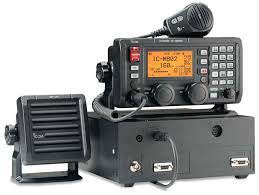Ham Radio:

Indian astronaut Shubhanshu Shukla interacted with the country’s students using a ham radio from the International Space Station (ISS).
- Amateur radio, popularly known as ham radio, is a licensed radio service that relies on radio waves for establishing communication.
- Ham radio service is largely deployed for educational and knowledge purposes, for emergency or SOS communication.
- Using a dedicated frequency, a transceiver and an antenna, communication can be set up between two licensed hams by trained ham operators.
- The communication can be hyper-local, global, and in space. In India, any individual above the age of 12 is permitted to operate a ham radio.
- In India, the Ministry of Electronics and Information Technology issues these licences.
- Even though the technology to establish communications has advanced, the radio remains one of the most reliable and stable modes of communication.
- It is effective and an alternate medium of establishing communication.
- Previously, there have been instances when ham radio came to the rescue when traditional communication lines broke down, either due to man-made scenarios (like wars) or natural disasters such as earthquakes, cyclones, and floods.
- In India, ham radio was used for making emergency contacts during the Bhuj earthquake (2001), the Indian Ocean tsunami (2004), the floods of Uttarakhand (2013) and more such calamities.




